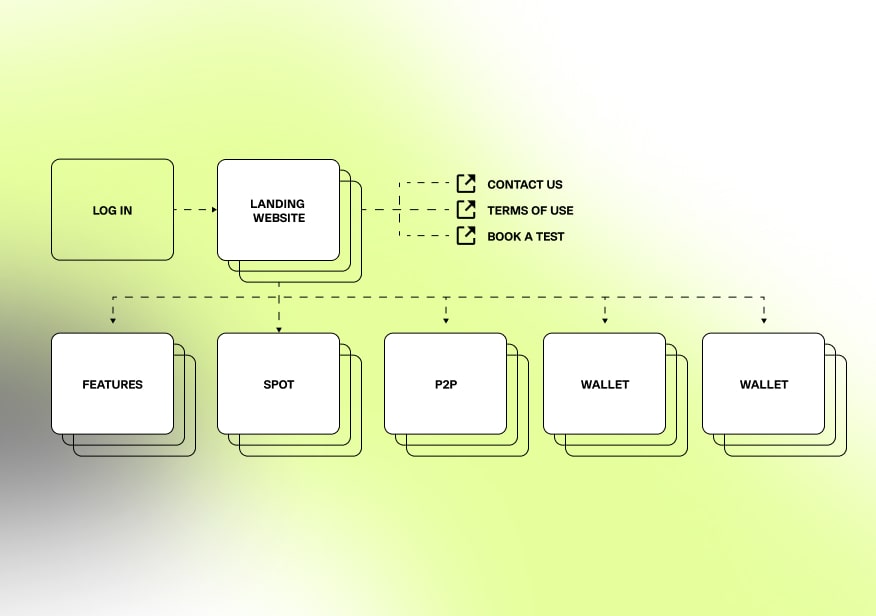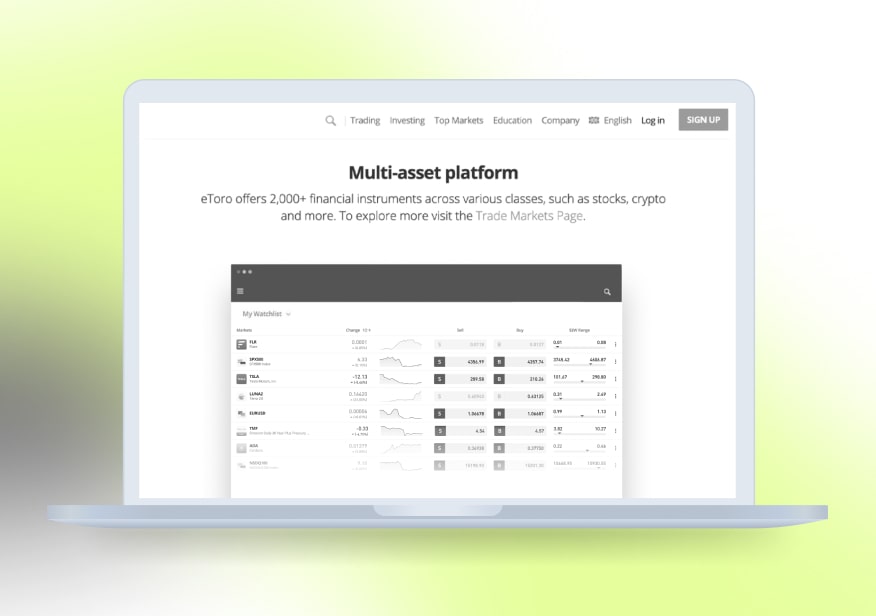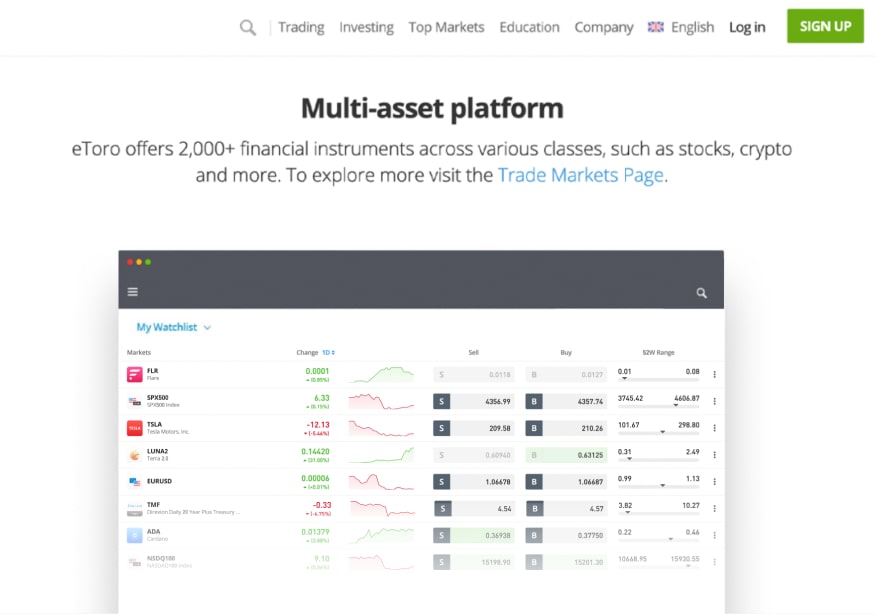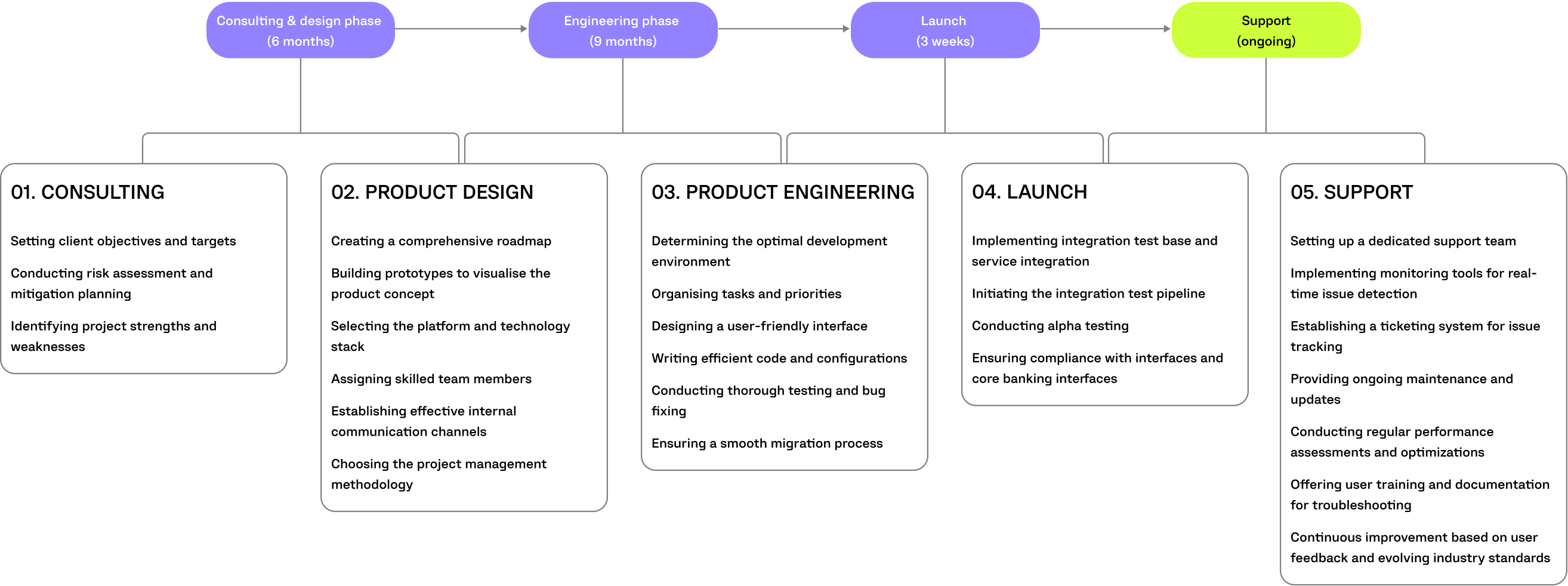Our client needed an MVP for a cryptocurrency exchange. We created 4 demo projects with CopyTrader features and direct cryptocurrency exchange.
Cryptotrade, a global leader in crypto trading with over 7 million registered users, specialises in offering innovative trading and investment instruments. With a history of providing secure transactions, payments and regulations by top European authorities, Cryptotrade has become a trusted name in the financial services industry. The client’s recent venture aimed to establish a cryptocurrency Software Engineering to expand its offerings and attract a broader user base.
Cryptotrade faced the challenge of developing a robust cryptocurrency trading platform to cater to the growing demand for digital asset investments, requiring expertise in finance Software Engineering. The client lacked in-house expertise and needed a solution to offer liquidity on multiple exchanges while managing associated risks responsibly. Additionally, the project had a tight schedule and required external funding.
We leveraged blockchain technology to create a secure and empowering MVP for Cryptotrade’s cryptocurrency exchange platform. Our solution focused on two key pillars:
Computools collaborated with CRYPTOTRADE’s tech leaders to identify critical requirements, complementing them with insights into the platform’s necessary logic and features. The team proposed a simulated development environment to minimise costs, rapid prototyping, and efficient development. This approach allowed for real-time monitoring and adjustment of orders and ensured liquidity across exchanges. A detailed development plan with flexible roadmaps was created, enabling the client to introduce changes during development. The project leveraged a technology stack that included MSMQ, MSSQL, WinForms.
The client was looking for a contractor with experience in developing cryptocurrency exchanges and knowledge of blockchain technologies. They studied reviews of contractors, their portfolios, and case studies. In the process, the client requested proposals from several vendors to compare prices. Once the companies were selected, the client conducted interviews to assess their competence and approach to work. Due to our experience and comfortable communication, Computools was selected.
Cryptotrade faced a number of challenges:
Investor support was crucial for the future success of the product, so the development progress was under constant control.
There was a shortage of qualified engineers with experience in developing a cryptocurrency trading platform.
A functional minimum viable product (MVP) needed to be built and deployed quickly.
The client initially tried to solve the problem on their own, but eventually concluded that they needed an experienced partner.
We visualised the client’s business processes and identified critical requirements. Next, we created a simulated environment based on the client’s requirements and cryptocurrency exchange operations, which accelerated the development.
A detailed development plan with flexible roadmaps helped adapt to client-initiated changes. A comprehensive system requirements specification was based on usage precedents and exchange operation requirements.
As a result of the collaboration, Cryptotrade created a successful MVP platform, attracted investment, and gained a leadership position.
In the context of developing a cryptocurrency trading platform, design tasks encompass creating an intuitive UI for seamless user interactions and engaging trading experiences. This involves designing informative charts and dashboards for tracking cryptocurrency prices and trading data. The design also extends to branding, including logo creation and branding styles to convey professionalism and trustworthiness. Additionally, design must prioritise adaptability for various devices, ensuring responsive and user-friendly mobile and tablet experiences. The design process further involves optimising information architecture, form elements, and security awareness elements while considering thematic illustrations and user notifications. Usability testing and user feedback are crucial for refining the design for an improved user experience.

Creating detailed user profiles to understand the needs and preferences of potential cryptocurrency traders, ensuring the platform caters to a diverse audience.

Developing a visual representation of the website's structure and navigation, facilitating an intuitive user experience when navigating through various sections.

Designing structural blueprints and layouts for the platform's pages, outlining the placement of elements, content, and interactions.

Crafting an intuitive and visually appealing user interface that enables seamless interaction with the platform, enhancing user engagement and trust.
Web
The project leveraged web technologies as the foundation for its digital platform. Utilising web technology allowed for broad accessibility and seamless user interaction.
Node.js
Node.js was chosen for server-side development. Its event-driven, non-blocking architecture ensured high performance and scalability, making it ideal for handling real-time data and user interactions in a cryptocurrency trading platform.
React
React was employed to build the user interface (UI). Known for its component-based architecture, React created a responsive, dynamic front-end experience. Traders could easily interact with the platform, making it user-friendly and efficient.
.NET
The .NET framework played a crucial role in various project components. It provided a versatile, powerful environment for backend development, enabling the creation of robust and secure server-side applications.
ASP.NET
ASP.NET, a web framework developed by Microsoft, was used to build web applications. It seamlessly integrates with other technologies, ensuring smooth communication between the front-end and back-end systems.
Ethereum
Ethereum blockchain technology was a key component of the project. Ethereum is renowned for its smart contract capabilities and decentralised applications (DApps). It allowed the platform to execute transactions, manage user accounts, and ensure the integrity of trade records.

Solidity
Solidity, a programming language specifically designed for smart contracts on the Ethereum platform, played a vital role in blockchain development. It enabled the creation of secure and efficient smart contracts, ensuring the reliability of blockchain-based operations.

Blockchain
The project integrated blockchain technology to enhance security, transparency, and trust in cryptocurrency trading. Blockchain was the underlying ledger for all transactions, ensuring immutability and data integrity. It allowed traders to independently verify their transactions and holdings, contributing to a secure trading environment.
Scrum was chosen due to its emphasis on transparency, adaptability, and collaboration, which were critical for this project’s success. Its structured framework provided a well-defined set of roles, including Scrum Master, Product Owner, and Development Team, each with distinct responsibilities. This clarity in role distribution facilitated efficient decision-making and problem-solving throughout the project’s duration.
Furthermore, Scrum’s sprint-based planning allowed for iterative development and regular review and adjustment of project goals. This iterative nature of Scrum was particularly advantageous in a project of this complexity, where evolving requirements and unforeseen challenges were expected.


“Computools was selected through an RFP process. They were shortlisted and selected from between 5 other suppliers. Computools has worked thoroughly and timely to solve all security issues and launch as agreed. Their expertise is impressive.”